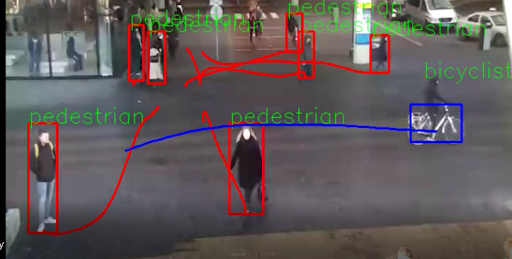The monetary cost of roadway collisions in the United States in 2020 was $474 billion. In urban centers, multiple solution approaches have been suggested to reduce the human errors behind most of these collisions and their associated congestion. These solutions include wireless communication and connectivity in a smart highway system. One research approach that bridges the gap between human decision-making and wireless communications is modeling roadway users and road technologies through micro-economic theories.
These theories account for uncertain perception and decision processes and incomplete and unreliable flow of information. Professor Samer Hamdar adopts prospect and game theories to capture different risk-taking tendencies. The proposed framework allows for the consideration of perception subjectivity and judgement errors that may lead to unsafe walking and driving maneuvers with the possibility of collisions.
The modeling approach relies on a generalized two-dimensional prospect-theory formulation with three specific types of subjective utility functions. In terms of the information flow, a game theoretical formulation is adopted.
Game theory provides the foundation to capture the dynamic interactions between cyclists, drivers, and pedestrians with a n-person non-zero-sum cooperative game under incomplete information: this game represents decisions that are made when roadway users are uncertain about other users’ decisions leading to stochastic mandatory or discretionary maneuvers. These maneuvers depend on the willingness to take risks given available information. Automatic Video Detection algorithms are used to extract high-resolution trajectory data in complex urban settings. The trajectories allow calibrating the proposed micro-economic models while accounting for inter and intra-user heterogeneity.


